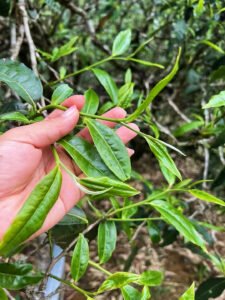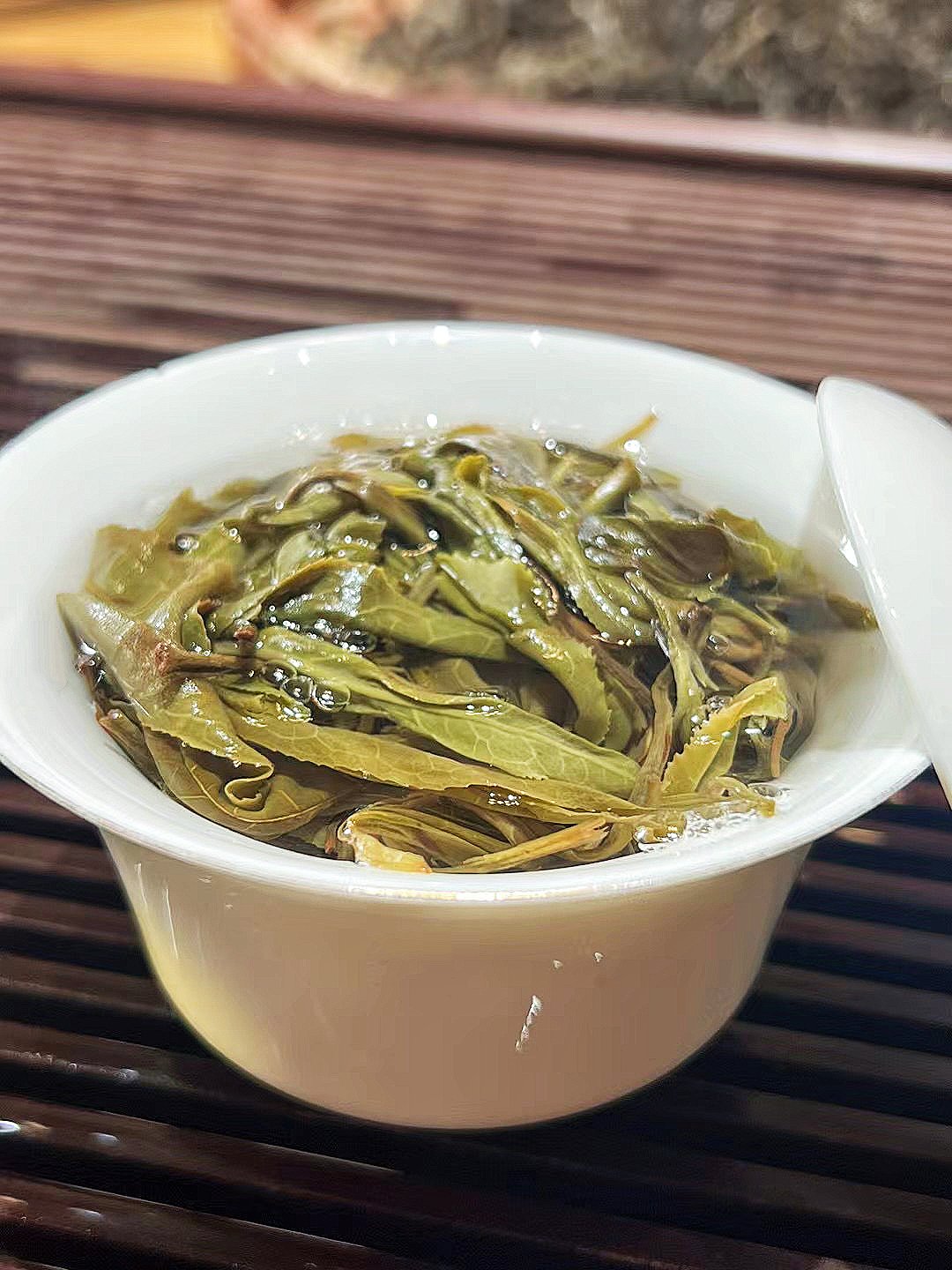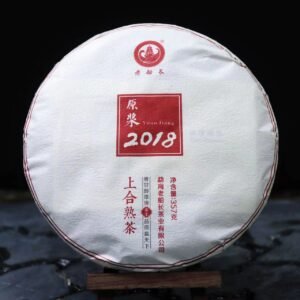We carefully selected this Pu-erh raw tea, which is crafted from ancient spring tea trees aged over 500 years. These tea trees are extremely rare, making the quantity of this Pu-erh raw tea limited. They grow in a primeval forest at an altitude of over 1,500 meters, with ample sunshine, abundant rainfall, and an exceptional ecological environment! Pu-erh tea is divided into raw and ripe tea based on the degree of fermentation.
According to research, drinking Pu-erh tea can promote longevity due to its rich content of healthy components. It contains a significant amount of vitamin C and tea polyphenols, which are excellent antioxidants. These antioxidants can effectively reduce oxidized free radicals and slow down the aging process of body organs and skin. In addition, Pu-erh raw tea is particularly effective in cleansing the intestines, improving alertness, and reducing blood pressure, thanks to its high level of active ingredients.
Raw Pu-erh tea does not undergo fermentation. After sun-drying, it becomes loose raw tea or sun-dried mao cha, which can be consumed directly. The appearance of raw tea is usually green or dark green, and its infusion is a clear green color. The taste is strong and slightly bitter, with a rich and complex flavor profile. However, the bitter taste quickly gives way to a sweet aftertaste.

Brewing Method:
- Choose a tea vessel such as a gaiwan, purple clay teapot, or purple pottery teapot.
- Generally, Pu-erh tea can be brewed for 15-20 infusions, with the most flavorful infusions being from the 2nd to the 9th.
- The water temperature should be between 95-100°C, especially for tea leaves that are relatively tender.
- After pouring out the tea, it is advisable to open the lid slightly to allow heat to dissipate and maintain the freshness of the tea.
- For the first few infusions, pour out the tea within 3-5 seconds. For subsequent infusions, extend the steeping time by 15-30 seconds.
- When pouring hot water into the teapot, use a gentle stream and rotate it clockwise along the rim of the pot. Pouring water in one spot can scald the tea leaves.
- After each infusion, make sure to open the lid of the teapot to allow heat to escape, which prevents the tea from developing a bitter or stuffy taste.


Buy for $200 free receive a set of teaware crafted from China’s five renowned kilns. Made with meticulous craftsmanship and handed down through generations of artisanal traditions, each piece follows the ancient porcelain-making techniques, involving ten intricate handcrafted steps from material blending, clay kneading, shaping and trimming, to glazing and firing. Every detail is meticulously attended to, embodying the essence of craftsmanship and cultural heritage.






